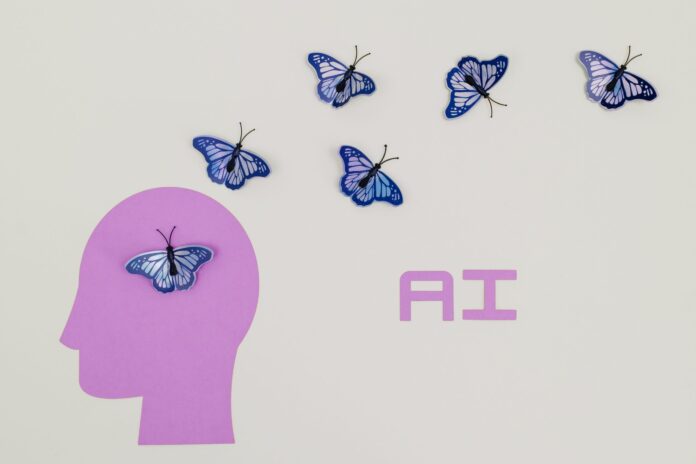Introduction to Deep Learning and Natural Language Processing
In recent years, we have seen an explosion in the use of deep learning for natural language processing (NLP). Deep learning has shown remarkable success in various NLP tasks such as text classification, sentiment analysis, machine translation, and speech recognition. In this article, we will provide an introduction to deep learning and natural language processing and discuss how they are related.
What is Deep Learning?
Deep learning is a subfield of machine learning that involves training artificial neural networks to learn from large amounts of data. Neural networks are mathematical models that are designed to mimic the behavior of the human brain. They are composed of interconnected nodes or neurons, which process and transmit information.
Deep learning refers to neural networks that have multiple layers, allowing them to learn increasingly complex representations of the data. The process of training a deep learning model involves presenting it with a large dataset and adjusting the weights and biases of the neurons until the model is able to accurately predict the output for new inputs.
What is Natural Language Processing?
Natural Language Processing (NLP) is a subfield of computer science and artificial intelligence that focuses on the interaction between computers and human language. NLP is used to enable computers to understand, interpret, and generate human language. Examples of NLP tasks include sentiment analysis, named entity recognition, speech recognition, and machine translation.
How are Deep Learning and Natural Language Processing Related?
Deep learning has had a significant impact on NLP, enabling researchers to develop more sophisticated models that are capable of handling large and complex datasets. Neural networks have shown remarkable success in various NLP tasks, including language modeling, text classification, and machine translation.
One of the key advantages of deep learning for NLP is the ability to learn increasingly complex representations of language. In traditional machine learning approaches, features had to be hand-crafted by domain experts. This process was time-consuming and required a lot of domain knowledge. With deep learning, the features are learned automatically from the data, allowing researchers to focus on developing more sophisticated models rather than spending time on feature engineering.
Another advantage of deep learning for NLP is the ability to handle different types of data. For example, convolutional neural networks (CNNs) have been used for text classification tasks, while recurrent neural networks (RNNs) have been used for sequence-to-sequence tasks such as machine translation.
Conclusion
In this article, we have provided an introduction to deep learning and natural language processing and discussed how they are related. Deep learning has had a significant impact on NLP, enabling researchers to develop more sophisticated models that are capable of handling large and complex datasets. As the field continues to evolve, we can expect to see more advances in the use of deep learning for NLP tasks.





